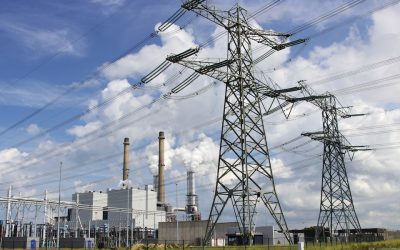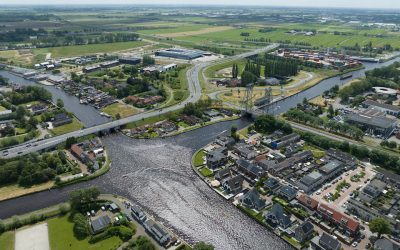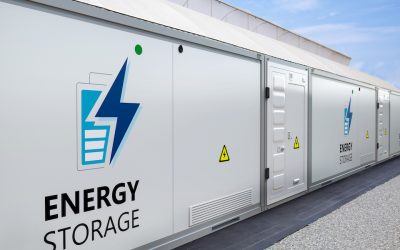Group capacity restriction contract– As a group, you can enter into a capacity restriction contract (CRC) to jointly reduce grid load.
- Individual transport rights will be maintained, but the energy hub will also have a collective capacity limit.
- adjust electricity consumption (or feed-in ) on request.
- This form is only suitable for established entrepreneurs and not to help newcomers on an industrial estate with transport capacity.
- Examples include the Amsterdam Port Energy Cooperative and the REC Tholen and Stedin Group Contract .
Group transport agreement – In a group transport agreement, a group of affiliated parties is allocated collective transport capacity.
- Individual transport rights will expire (after three years) and will be replaced by new, fixed joint transport rights.
- The distribution of the group transport right is determined by the group itself. It is up to the group to stay together within the allocated transport capacity.
- This format can be attractive for newcomers or entrepreneurs who want to grow.
- Examples include the Hessenpoort industrial estate in Zwolle.
Closed distribution system – In some cases a closed distribution system (CDS) may be considered, previously also referred to as a private grid.
- To establish a such a close system, an exemption is required so that a private party can manage the power cables itself.
- The CDS then has its own network with a connection point to the public network. The network operator of the CDS has a connection and transport agreement with the network operator for this.
- The distribution of transport rights within the CDS is up to the connected parties and the grid operator of the CDS.
Joint connections – (better known as cable pooling) were already possible to combine generation and storage behind a connection to reduce peak loads. With the new Energy Act, cable pooling is possible for all types of consumers.
- Owners of installations for production, storage, conversion and consumption have a joint connection and transport agreement with the grid operator.
- Sharing a connection is possible for a maximum of 2 MVA and for a maximum of 4 installations (WOZ objects), which must be located close to each other.
- Parties sharing a connection in this way must act as one party. Through the MSOOC scheme (Multiple Suppliers on One Connection), owners of installations can contract their own supplier(s) – each with their own measuring point on the connection.
In short, there are sufficient contractual possibilities to shape collective energy management on business parks. It will be interesting to see which ones will be the favorite.





